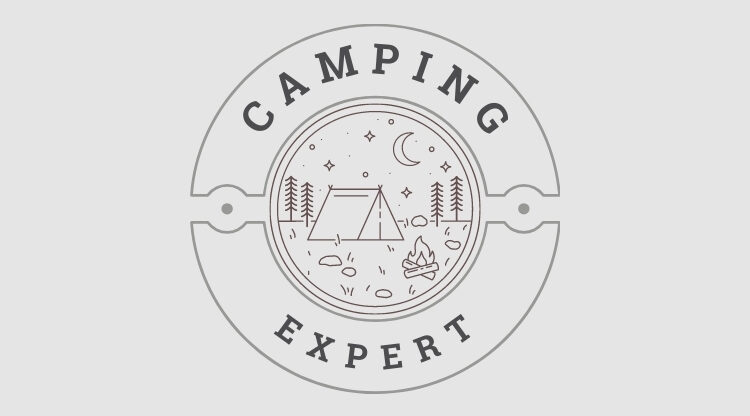Safety is of paramount importance to everybody on a camping trip and, whilst adults are responsible enough to realise that extra vigilance is needed, children tend to be less concerned with safety issues and more interested in having fun.
It is, however, important, that children are prepared for the camping experience with regards to personal safety awareness and educating them about possible dangers before you head off into the woods can be very useful.
Around water
You should emphasise to children that open water is very different to what they’ll be used to in a swimming pool. The first thing you should do if you’re camping near water is to check out, to the best of your ability, if the water is safe to swim in – be that by talking to a park ranger or doing your research on the internet and, once there, taking a dip yourself and trying to identify potential water hazards.
You should encourage your children to wear something on their feet when swimming. Whilst they may baulk at that idea, many a trip has been ruined when a child has cut their feet on something on the bed of a river or lake. You should never leave children, especially younger ones, around water without adult supervision and you should impose strict rules about not running around the water’s edge, nor diving or jumping into shallow water, not jumping on others or pushing them under the water. Also, remember that, although a stretch of water may look calm and motionless on the surface, there may well be a strong undercurrent below so emphasise the importance of not straying too far from the water’s edge.
Hiking and playing in the woods
If your children ask if they can go and play in the woods or go for a short hike, try to ensure, if it’s possible, that another child accompanies them and only let them go without adult supervision if you know that there are no obvious danger points such as a nearby cliff or riverbank. You should have already checked this out yourself earlier. It’s a good idea to make them wear a whistle around their neck or to carry one on their person but you should stress that the whistle is only to be used in an emergency – i.e. if they get lost or encounter danger.
Teach them how to recognise their bearings. It may be the peculiar shape of a dead tree or some unusually coloured plants – easy ‘landmarks’ that can help them find their way back to camp. If you have some coloured string or ribbon, you can tie it around certain trees before they head off alone as this can also help them find their way back and always make them take some water with them to drink.
If they are old enough, teach them how to use a compass prior to the trip and to take that and a map of the area with them (if there is one)
Prior to them going off to explore, you should explain to them clearly what to do if they get lost. The most important thing they should do is not to panic, to blow their whistle and to sit tight. Their instincts might be to go around in circles looking for a way back to the campsite but this can make it even more difficult for you to find them. Emphasise that you know where they’re heading and if they’re not back by a certain agreed time, that you will come looking for them and tell them not to move and to just sit tight and that help will be on its way.
Only let them go off alone if the weather’s set to remain fair and that there’s plenty of daylight left during the time they want to be away from the camp site.
Protection against animals
Fortunately in the UK, our camping trips are free from the dangers presented by the likes of bears or wolves, but it’s important to remember that we are in the outdoors and visiting the home of the wildlife that lives there. You should stress the importance of not approaching any wild animals, no matter how small and cute your children may think they are. Even the smallest creature will defend itself and especially its young, if it feels threatened. They should never throw them scraps of food either. Once again, they should sit still and blow their whistle to summon help if they encounter any wild animal close up.
Bugs, insects and sun
These three things are probably the most likely source of endangerment to a child’s safety on a camping trip. Make sure the children realise the importance of applying sun screen and insect repellent regularly. Sunburn, sun stroke and insect bites can ruin a camping trip. If they’re young, make sure you apply the lotions and potions yourself. It’s also important that your children take long appropriate clothing. It might be hot where you’re going but a thin, long sleeved T-shirt, a pair of thin long canvas trousers and a hat of some kind can help to reduce the effects of the sun and also protect children from nasty insect bites.
Around the campfire
Fire and children do not mix well. Children should never be left unattended around the campfire and strict guidelines about where they can and cannot go around the fire site should be set in stone.
Fortunately, with good planning, a little education and an understanding of an adult’s rules and what they expect of them, children’s camping experiences are as safe as anybody’s and the most likely problem you’ll encounter are the odd insect bite and a few bumps and scrapes.
